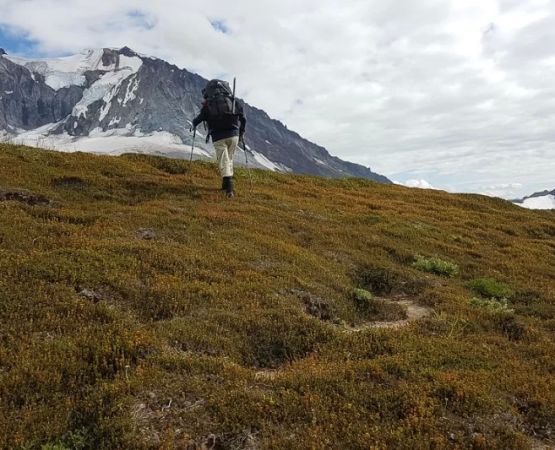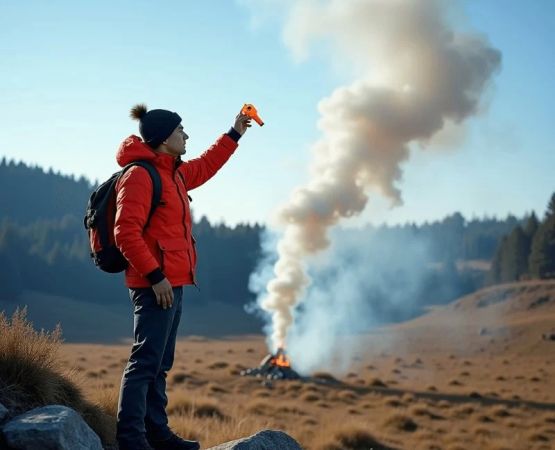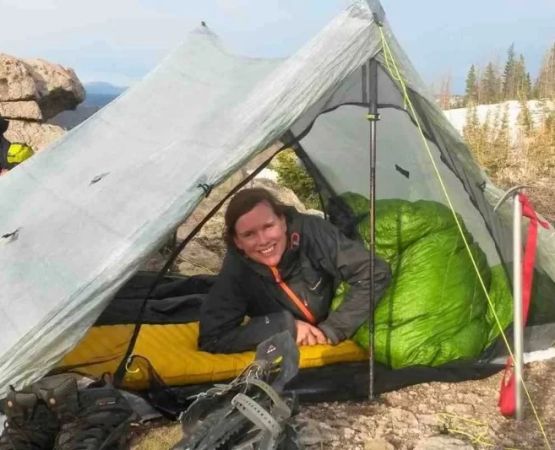- 1-Understanding-Dispersed-Camping-in-the-USA
- 2-Advantages-of-Free-Dispersed-Camping
- 3-Top-Free-Dispersed-Camping-Spots-Across-the-Country
- 4-How-to-Prepare-for-Dispersed-Camping
- 5-Real-Life-Experience-from-Dispersed-Campers
- 6-Getting-Equipped-with-Pine-Cliff-Resort
1. Understanding Dispersed Camping in the USA
Dispersed camping, also known as boondocking, refers to camping outside designated campgrounds in national forests, public lands, or wilderness areas. Unlike traditional campgrounds, dispersed sites are free and often lack amenities like running water or restrooms. This style of camping appeals to adventurers seeking solitude, nature immersion, and minimal environmental impact.
Across the USA, vast public lands managed by agencies like the U.S. Forest Service offer countless dispersed camping opportunities. These sites allow campers to choose their own spots, often near scenic views, hiking trails, or fishing streams, providing a unique and authentic outdoor experience.
2. Advantages of Free Dispersed Camping
Free dispersed camping comes with multiple benefits. The cost savings are significant, as no fees apply, making outdoor adventures accessible for all budgets. Additionally, dispersed camping fosters a deeper connection with nature by encouraging self-reliance and leaving no trace.
Because these sites are less crowded than developed campgrounds, campers enjoy greater privacy and tranquility. For many, the challenge of planning and preparing for dispersed camping adds to the overall sense of accomplishment and adventure.
3. Top Free Dispersed Camping Spots Across the Country
3.1 BLM Lands in the Southwest
The Bureau of Land Management (BLM) lands in states like Arizona, Nevada, and Utah offer expansive dispersed camping areas. These desert landscapes feature stunning rock formations and clear night skies ideal for stargazing.
3.2 National Forests in the Pacific Northwest
National forests in Oregon and Washington provide lush, forested dispersed camping spots with access to rivers, waterfalls, and hiking. Areas like the Gifford Pinchot National Forest are favorites among dispersed campers.
3.3 Rocky Mountains and Colorado Backcountry
Colorado’s mountainous terrain offers breathtaking dispersed camping sites high above the tree line. The San Juan and Arapaho National Forests are renowned for their wildflower meadows and alpine lakes.
4. How to Prepare for Dispersed Camping
Preparation is key for a safe and enjoyable dispersed camping trip. Campers must bring sufficient water, food, and shelter, as no facilities are available. Proper waste disposal is essential to protect fragile ecosystems; always follow Leave No Trace principles.
Navigation skills and emergency preparedness are also critical since dispersed sites may be remote and without cell service. Researching local regulations and fire restrictions ensures compliance and safety.
5. Real-Life Experience from Dispersed Campers
Many outdoor enthusiasts share stories about the freedom and peace found in dispersed camping. For example, one camper recounts spending a week camping near the Snake River in Idaho, where the solitude and wildlife sightings made the trip unforgettable.
Another traveler describes how dispersed camping in the Mojave Desert under a blanket of stars offered a rare disconnect from city life and a profound appreciation for nature’s beauty.
6. Getting Equipped with Pine Cliff Resort
To fully enjoy dispersed camping, quality gear and expert advice are crucial. Pine Cliff Resort provides a range of camping equipment, from durable tents and sleeping bags to portable cooking systems and water filtration.
Beyond products, Pine Cliff Resort offers knowledgeable guidance to help campers prepare for dispersed adventures safely and comfortably. Whether you’re a novice or seasoned boondocker, Pine Cliff Resort is your partner in outdoor exploration.






